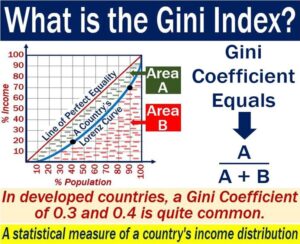
Pic Courtesy: Blog of Lydia Abbot
Story. Gaya Lal was a Member of the Legislative Assembly from Hodal in Haryana. He won elections as an independent candidate in 1967 and joined the Indian National Congress, and thereafter he changed parties thrice in a fortnight, first by politically defecting from the Indian National Congress to the United Front, then counter defecting back to INC, and then counter-counter-defected within nine hours to United Front again. When Gaya Lal quit the United Front and join the INC, then one of the INC leaders declared that “Gaya Ram was now Aya Ram”. It became the subject of numerous jokes and cartoons.
Genesis. The term originated in 1967 in Haryana where excessive political horse trading, counter horse trading and counter-counter horse trading took place, triggered several rounds of frequent political defections by the serial-turncoat politicians within a span of short time, resulting in the dissolution of the Haryana Legislative Assembly.
Political Connotation. Aaya Ram Gaya Ram expression in politics of India means frequent floor-crossing, turn coating, switching parties and political horse trading in the legislature by the elected politicians and political parties. To end this trend, the anti-defection law was made in 1985. The trend still continues to surface every now and then, by exploiting the loopholes in existing anti-defection laws to benefit a specific party through further horse-trading, counter-defections, formation of unholy alliances and electoral fraud.
Aya Ram & Gaya Rams are found in every organisation, group and establishment.
Military World (Also in Corporate World)
Continue reading “218: Aaya Ram Gaya Ram Syndrome (Wind Socks / Yes-Men)”






